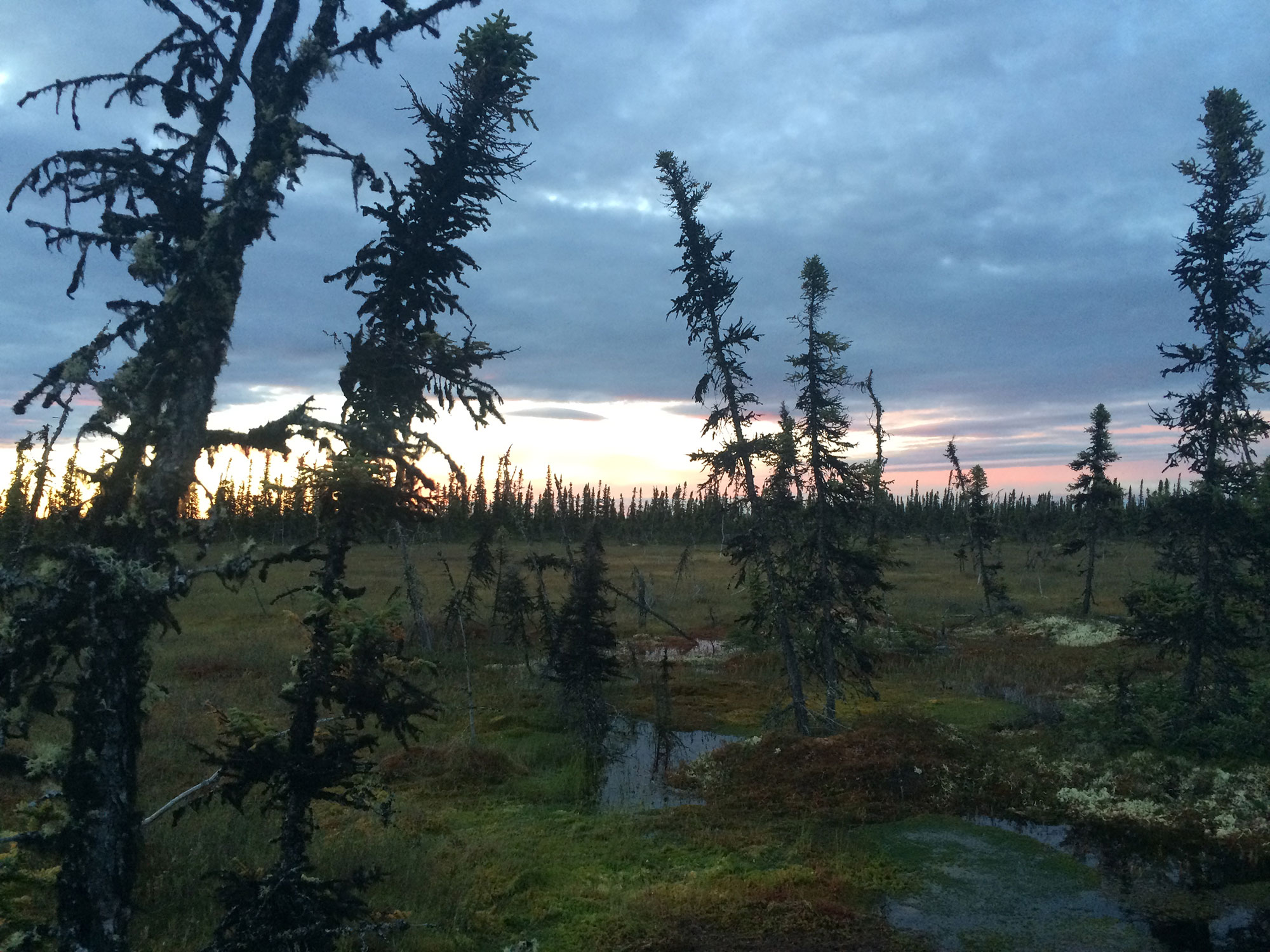Past warming periods offer a worrying view of the Arctic’s future
Two new studies show that ancient warming periods led the release of a lot of methane from thawing permafrost and Arctic seabeds.

While discussions of global warming typically on the amount of greenhouse gas humans are putting into the air — primarily by doing things like burning fossil fuels — scientists, have long been concerned about the potential for natural processes to contribute to rising temperatures, too.
One way that happens is when greenhouse gasses trapped in permafrost or the ocean floor are released.
For much of the recent geological past, these environments have been stable enough to keep such gasses — often in the form of methane, a powerful, if short-lived, greenhouse gas — safely tucked away.
But as temperatures warm, permafrost thaws and ice sheets recede. This will mean more methane is released into the atmosphere, and to understand just how this will effect warming in the future, some scientists have begun looking into what happened during similar events in the past.
[Retreating ice sheets could be uncorking another new source of carbon pollution]
In the first of two recent papers looking into the matter, scientists with the Massachusetts Institute of Technology, suggest that in the distant past (in a period stretching from 1.5 million years ago to 400,000 years ago) permafrost was far less stable, thawing and re-freezing repeatedly.
Those thawing periods in the past were accompanied by a release of greenhouse gasses contained in the permafrost. During the more recent stable period, on the other hand, permafrost has retained all the carbon it has accumulated. That means any thaw could lead to far more substantial releases of methane than in the past, according to David McGee, one of the co-authors of the paper.
The paper is based on research conducted on rock formations in caves in three Canadian permafrost regions and builds on similar studies conducted in Siberia in 2013 showing that permafrost there had become increasingly stable prior to 400,000 years ago.
The results of the study of Canadian permafrost, according to McGee, provide further evidence of unstable permafrost during a period in the past when atmospheric conditions were similar to those we see today.
[Permafrost’s fate may be more closely tied to sea ice than temperature, scientists find]
The research leaves two unanswered questions, according to McGee: what caused the shift to more a stable state — and perhaps more pressing, what can cause it to shift out it again.
A second paper also seeks to glimpse what the future of the climate may hold by looking at the past.
Scientists had already established that a period of ice-sheet decline some 20,000 years ago had affected the release of methane from the Barents Sea. In the new study, scientists from the University of Tromsø, looked further back, to a period of decline some 125,000 years ago, to find evidence that the process, in fact, drove the release of methane.
The process, which saw methane being released in violent spurts, slow seeps or a combination of both, continued for a period of several thousand years and tapered off when the ice had disappeared entirely, according to the study.
The methane trapped in the ocean floor in the Arctic is in a form known as a gas hydrate, a solid form that is highly sensitive to pressure and temperature changes. It is found in quantities that are significant enough to lead to a measurable increase in atmospheric methane, should it be released as a gas.
The study identifies Greenland as potential site where the past could repeat itself. But with the atmosphere warming at an unprecedented rate, it is a story that could be told on fast-forward this time.